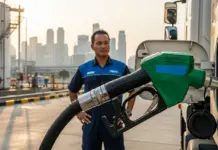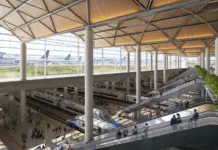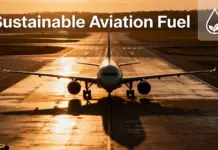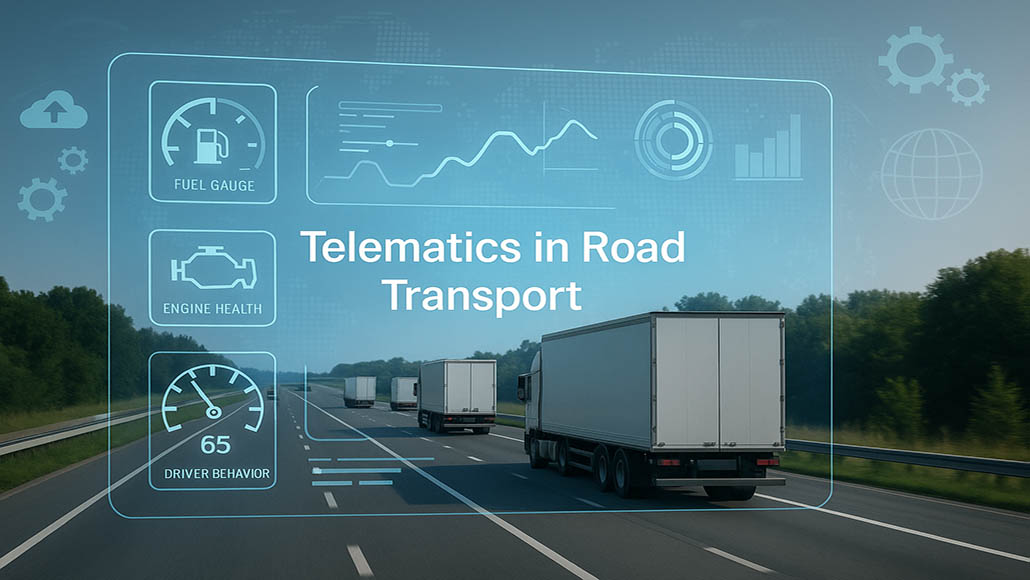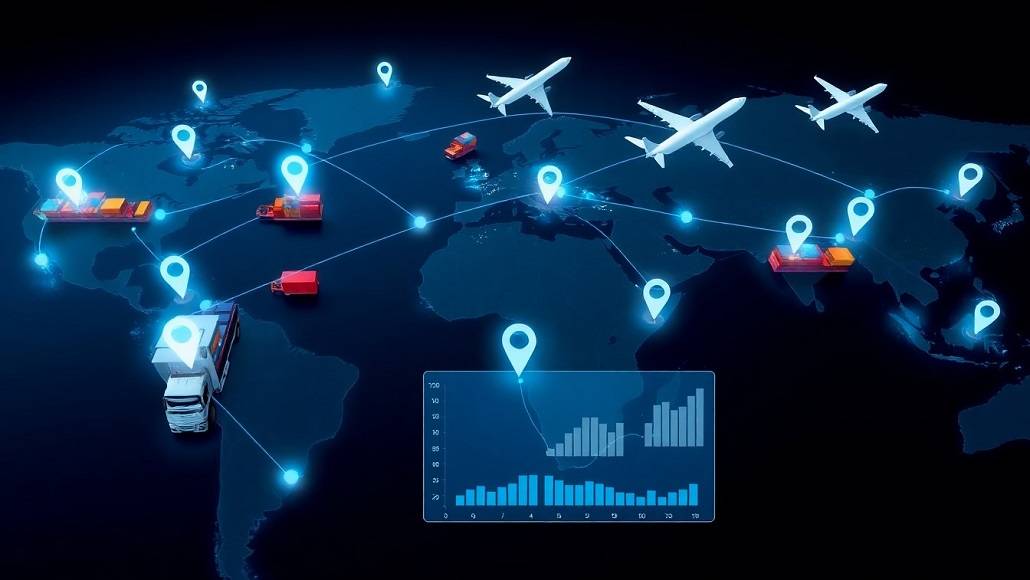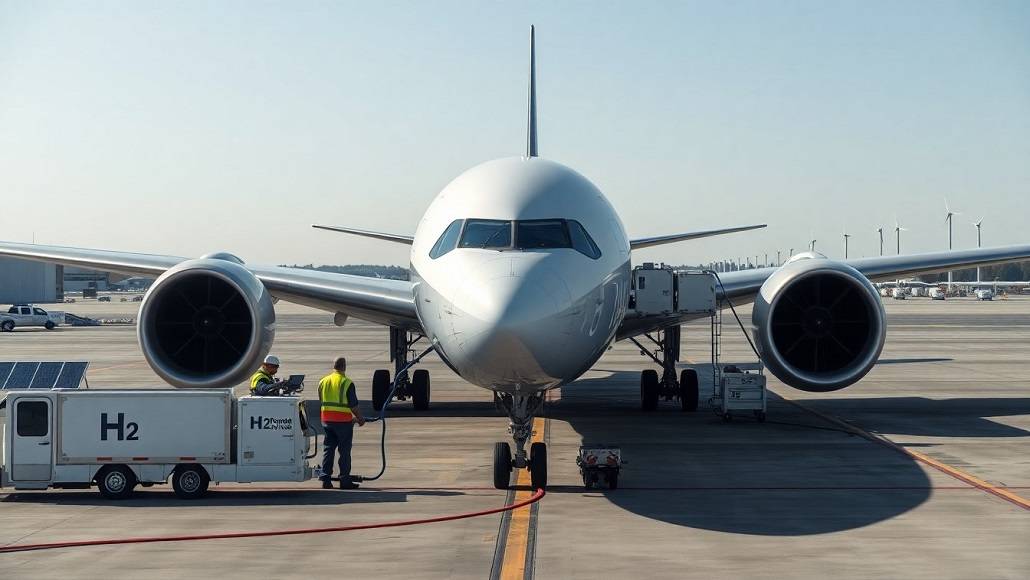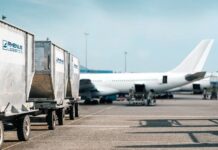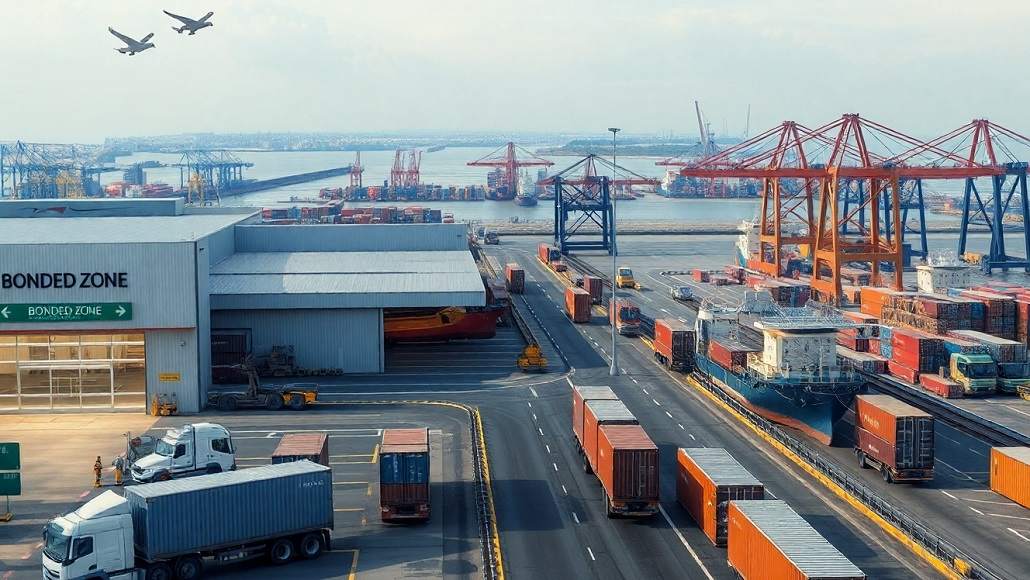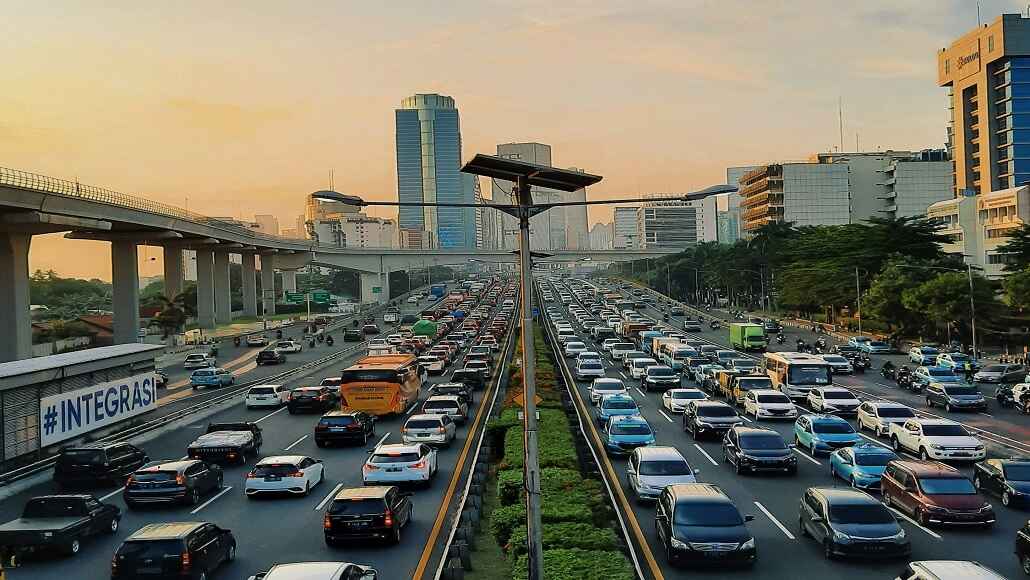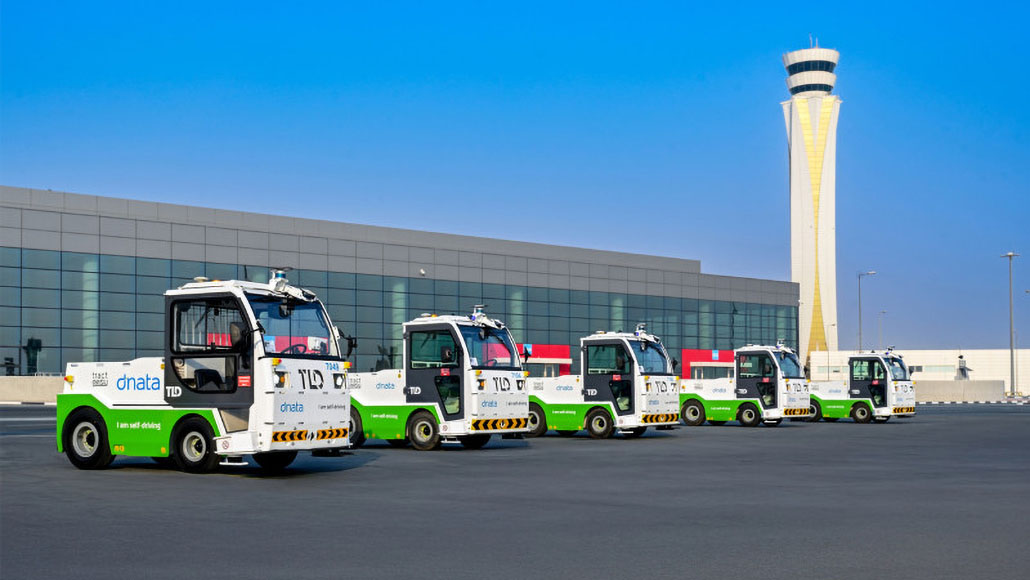dnata achieves a milestone in the automation of one of aviation’s most labor- and time-intensive areas, ground handling, by launching a fleet of autonomous vehicles for airport ground operations.
Six EZTow electric tractors, developed by TractEasy and powered by driverless technology from EasyMile, have been launched by dnata at Dubai World Central-Al Maktoum International airport (DWC). Traditionally, the baggage is moved between terminals and aircraft by man-driven tractors operating according to tight timetables. The recently deployed autonomous vehicles will have the capacity to tow up to four ULDs simultaneously and work their way through predefined routes at speeds of 15 km/h.
As these automated units become part of regular operations, ramp workers who previously did these tasks can move into more valuable work, leading to faster turnaround times. Additionally, this shift towards automation minimises human error, bolstering airside safety throughout the ramp.
From Trials to Operational Reality
The AED 6 million (US$ 1.6 million) project starts at Level 3 autonomy—limited human intervention needed—with an upgrade to Level 4 autonomy by early 2026. Level 4 autonomy will allow full self-driving capabilities in controlled environments.
This rollout results from more than a year of strategic collaboration between dnata, TractEasy, Dubai Airports, and the UAE’s General Civil Aviation Authority (GCAA). They worked together to lay the foundation for a new regulatory framework that governs autonomous vehicle deployment in airside zones—that remain largely undefined at the global level.
Paving the Way for Airport Automation
This deployment also acts as a real-world testing ground for dnata to trial and refine operating models for autonomous ground operations at the airport. The learnings will be used in planning for wider rollout—particularly as DWC is set to become the world’s largest airport, handling an estimated 260 million passengers and 12 million tonnes of cargo every year.
Redefining Airside Mobility
Jaffar Dawood, Divisional Senior Vice President for UAE Airport Operations at dnata, remarked: “This is an important step forward for both dnata and the wider aviation industry. While autonomous vehicles have largely been limited to trials, this deployment brings the technology into regular, day-to-day operations. As global travel continues to rebound and operational demands increase, automation could be key to building smarter, safer and more resilient infrastructure.”
Rich Reno, CEO of TractEasy, added: “Autonomous GSE adoption is taking off. TractEasy is proud and excited to partner with an industry leader like dnata and blaze a safe and efficient autonomous trail for others to follow.”
Autonomous ground support equipment (GSE) is a key area of development, with IATA noting trials underway in more than 15 nations, most still in initial-stage testing or restricted to small-scale pilots. dnata’s real-world deployment positions it at the forefront of this shift.
This program also extends dnata’s overall automation plan. The firm successfully incorporated autonomous drones within its warehouse operations, which greatly improved shipment tracking and cut processing times.






